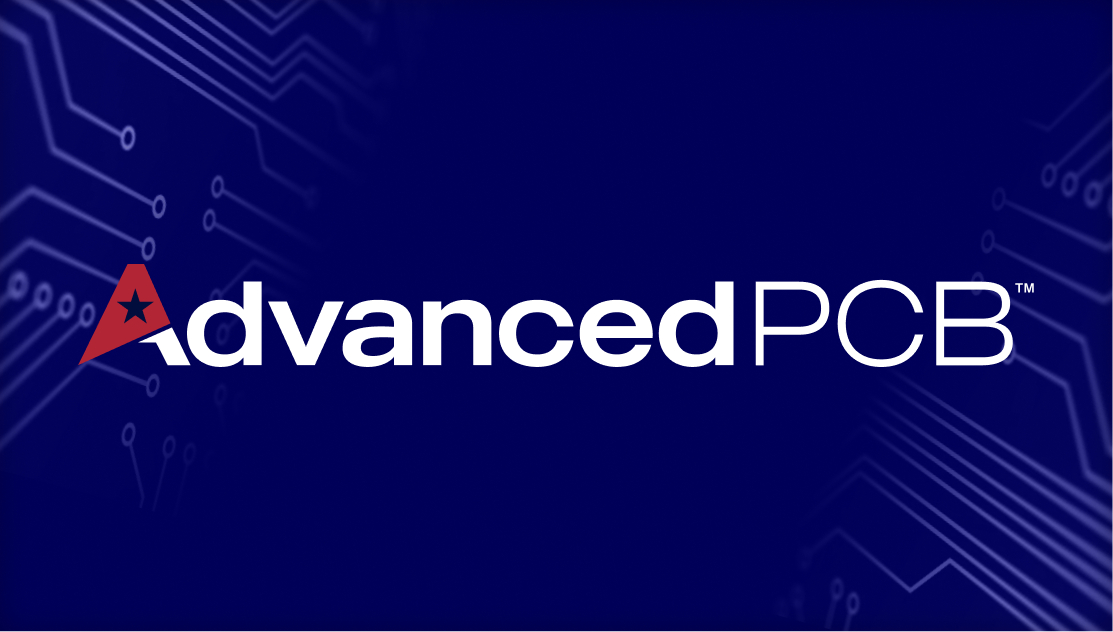Heavy Copper in PCB Design

Thermal management is more important than ever today as electronics are used in demanding environments and operate at higher currents. Heavy copper PCBs (copper conductors 5 oz/ft² – 19 oz/ft² in inner and/or outer layers; sometimes defined as more than 4 oz per square foot (ft²)) can help conduct heat away from components so failure is greatly reduced. PCB manufacturers create durable wiring platforms with heavy copper. The resulting PC boards conduct electricity better and are more capable of withstanding thermal stress. These boards can be manufactured in a smaller footprint as they can contain multiple weights of copper on the same circuit layers.
The benefits of heavy copper in PCBs include:
-
Reduction of thermal strain
-
Better current conductivity
-
Can survive repeated thermal cycling
-
Smaller PCB size due to layering of copper
-
Increased connector site strength
Industries that benefit from heavy copper printed circuit boards are military/defense, automotive, solar panel and welding equipment manufacturers, and other sectors that require boards that can handle the heat generated by today’s complex electronics. Another prime industry where heavy copper makes sense is in industrial controls. Heavy copper plated vias are best at transferring heat to an external heat sink. Efficient power distribution is important to ensure high reliability of the PCB and heavy copper allows this to occur.
Heavy copper is not a new innovation, as it has been used for a long time in PCBs that can withstand the exacting requirements of military and defense applications, such as in weapons controls. Mainstream electronics makers increasingly require ways to transfer heat away from components, and heavy copper is becoming more prevalent in an growing number of non-military uses.
Heavy copper boards are fabricated using plating and etching techniques. The goal is to add copper thickness to via sidewalls and plated holes. Plated holes can weaken if a board is subjected to multiple cycles while in production, and the addition of heavy copper can strengthen these holes. Boards structured with heavy copper will allow for high current/power and control circuits on one board.
PCB manufacturers will check with customers and find out what their requirements are, and match the heavy copper fabrication process to specific needs. It will be important to know for example, the component type, layer count, and material requirements. The PCB manufacturer can quote the customer and present the pros and cons of using heavy copper. Advances in technology have created a process that utilizes both plating and edging.
AdvancedPCB offers heavy copper capabilities, all the way up to what is sometimes defined as Extreme Copper (up to 20 oz.). Discover more about our advanced manufacturing capabilities to meet your unique product demands and design criteria.

AdvancedPCB
Related Posts

Future trends of the circuit board

2-Layer vs. 4-Layer Printed Circuit Boards



